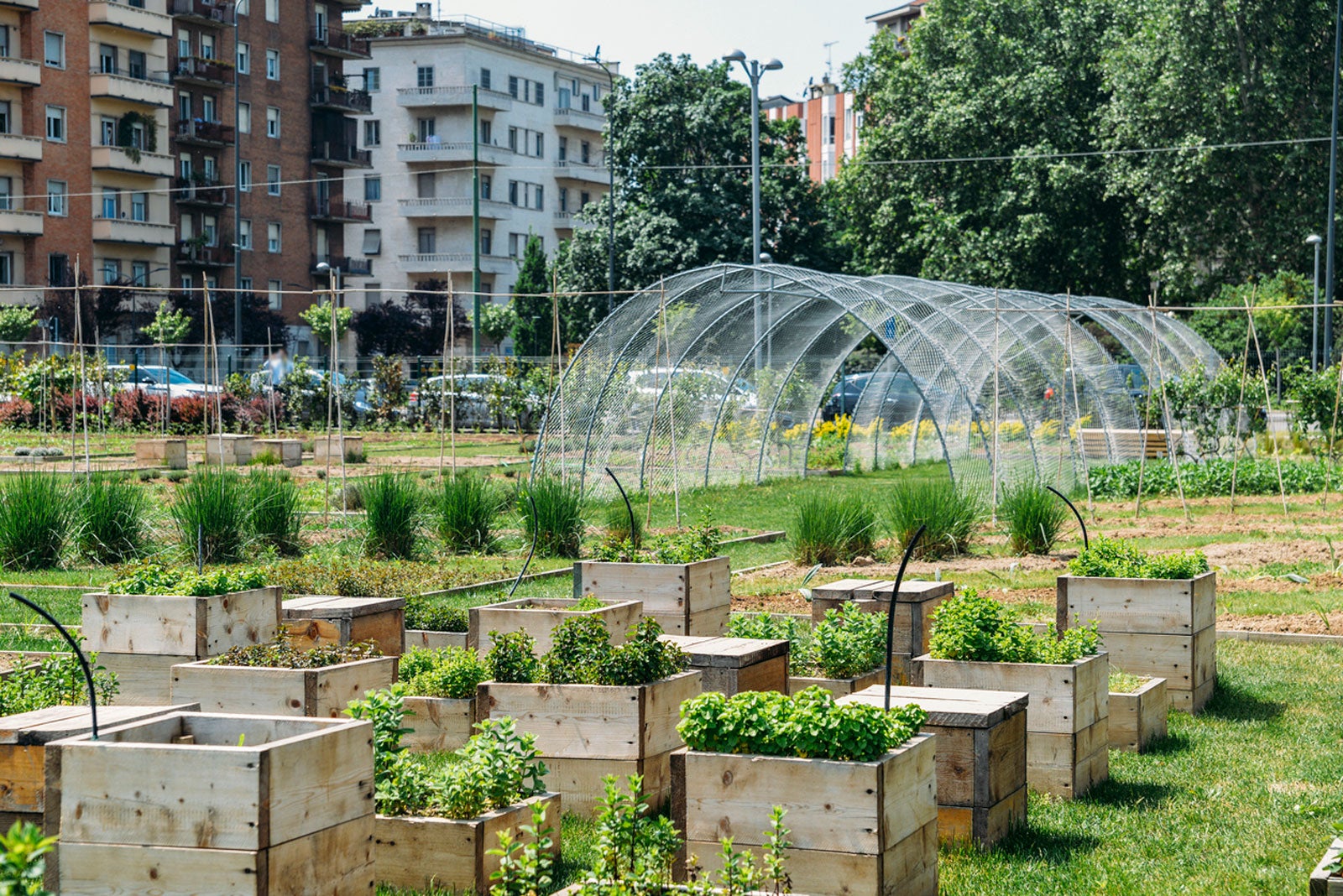Indicators on City Blooming You Should Know
Indicators on City Blooming You Should Know
Blog Article
3 Easy Facts About City Blooming Shown
Table of ContentsOur City Blooming PDFsNot known Factual Statements About City Blooming Everything about City BloomingThe smart Trick of City Blooming That Nobody is Talking AboutThe 8-Minute Rule for City Blooming
Intrigued in growing food for sale in the City of Chicago? Below is a checklist of frequently asked concerns pertaining to the policies and policies that growers ought to consider when preparing an urban farming project.
The zoning change does not modify any kind of other codes dealing with composting, structure permits, acquiring or leasing City had residential or commercial property, service licenses or ecological contamination. There are existing codes that regulate these problems and they remain completely result and may apply to your project. Neighborhood gardens are normally owned or taken care of by public entities, public organizations or community-based companies and kept by volunteers.
Urban farms grow food that is meant to be offered, either on a not-for-profit or for-profit basis. Because of their industrial objective, city ranches need a company permit. Yes. An area yard is enabled to sell surplus produce that was grown on website if the sales are accessory or subordinate to the yard's key objective described over.
The Basic Principles Of City Blooming
Composting is enabled however only for plant material that is generated and used on site. The amount of compost product can not go beyond 25 cubic lawns at any type of provided time according to the standards in 7-28-715 of the City's Municipal Code. Yes. Because the dirt at most brand-new yard websites needs modifying, garden compost, soil, wood chips, or various other materials can be acquired to create or boost the expanding space - home and garden.

If a structure license is required after that the hoophouse will be taken into consideration an accessory building. You can figure out even more concerning the building authorization requirements by calling the Department of Buildings. The 25,000-square-foot size limitation is intended to stop a single area garden from controling a provided block or diminishing the block's existing property or business personality.
The limit does not apply to yards located in Public Open Space (POS) districts. Can there be more than one community garden that is 25,000 square feet on a single block? Fence is not called for, nevertheless, gardens that have big parking areas may be called for to mount secure fencing or various other landscaping functions.
A Biased View of City Blooming
B1 & B2 districts need that all business use activities be conducted indoors. R areas limit commercial task. The laws reflect the function and intent of the Zoning Code. Is fence required for metropolitan ranches? Yes. Fencings might be needed, along with landscaping and testing, for certain parking lot and exterior work or storage locations relying on area and the particular task happening.
Yes. Urban farms call for structure licenses and zoning approvals before construction. Various other types of city review may be needed depending on specific structures, activities, dimension, landscape design, licensing, public health and stormwater monitoring problems. A lot of these needs are identified in the task style or permitting procedure, however, the candidate may be responsible to separately determine specific licenses or permits that might be needed.
Yes. The kind of license is identified by what is taking place at the site. The Division of Service Matters and Consumer Protection can aid identify the specific kind of organization license that's called for. Yes. Off street car parking is required for the majority of industrial jobs in Chicago. The needed variety of garage is based upon the number of employees working with website and not the square footage of the expanding space.
City Blooming - Truths
:max_bytes(150000):strip_icc()/womanonrooftopurbangarden-7fffbb3897ac48f390d94b9545d4d082.jpg)
Yes. A city ranch can sell compost material created on site, however, the operation has to adhere to the policies in 7-28-715 of the Chicago Municipal Code. Yes. Aquaponic systems are permitted indoors on metropolitan ranches in several zoning districts. Nevertheless, a zoning testimonial and building permit is needed in order to install frameworks or systems and a business certificate is required as described above.
Up to 5 hives or swarms of honey may be kept as an accessory use. Beekeepers must register with the Illinois Division of Agriculture. For even more information regarding the proposed zoning amendment you may speak to the Department of Housing and Economic Development, Bureau of Planning and Zoning at 312.744.8563.
Farming in cities and metropolitan locations An urban ranch in Chicago. Urban farming describes various techniques of cultivating. https://www.merchantcircle.com/blogs/city-blooming-san-francisco-ca/2024/6/City-Gardening-Growing-Urban-Spaces/2755418, handling, and dispersing food in metropolitan areas. The term additionally relates to the area tasks of animal husbandry, tank farming, beekeeping, and cultivation in a city context. Urban farming is differentiated from peri-urban agriculture, which happens in backwoods beside suburbs.
Everything about City Blooming
, who seek to form social networks established on a shared ethos of nature and neighborhood holism. These networks can develop by way of formal institutional assistance, becoming integrated right into neighborhood community planning as a "change community" activity for lasting city development.
In either case, the extra direct access to fresh veggie, fruit, and meat products that might be become aware with city agriculture can enhance food safety and food safety and security while lowering food miles, leading to lower greenhouse gas exhausts, thereby adding to environment change reduction. A few of the very first proof of city agriculture comes from Mesopotamia.
Report this page